Constant Gardener US National Bonsai & Penjing Museum
1. Hokidachi (Broom Style) Description: Hokidachi is a formal style that showcases an exposed trunk with a crown of fine branches forming a ball shape. As your Chinese Elm matures, its beautiful bark becomes a focal point. Suitability: Ideal for Chinese Elm. Especially captivating during cold winters when the network of branches is exposed. 2.

Beautiful Chinese Elm at the NC Arboretum in Asheville Bonsai
Step One First, you need to soak your seeds in lukewarm water for 24 hours. Soaking your seeds will get them to swell enough that they'll be ready for sowing. It's important that you don't leave them soaked for too long as this will result in the seeds rotting or turning sour.
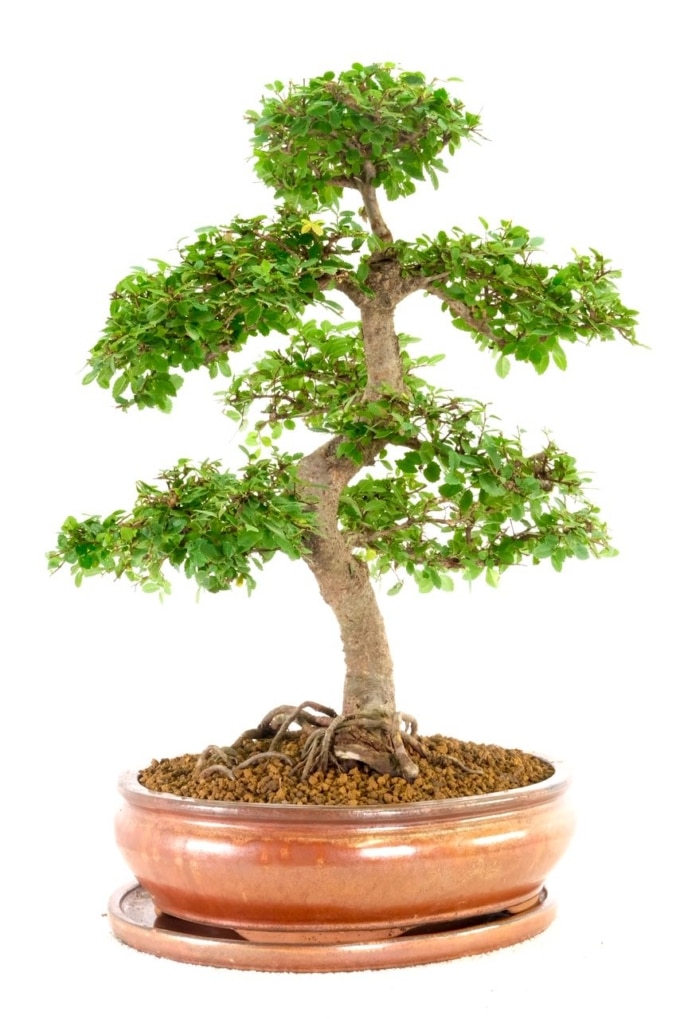
Phenomenal Indoor Chinese Elm Bonsai Tree with Highly Artistic Style
The Chinese elm (Ulmus parvifolia), also known as the lacebark elm is among most readily available and most forgiving bonsai trees to work with, making it a great choice for beginners. To care for it properly, keep the tree warm and the soil moist. Prune, train, and repot the bonsai only as needed. Part 1 Environment Download Article 1
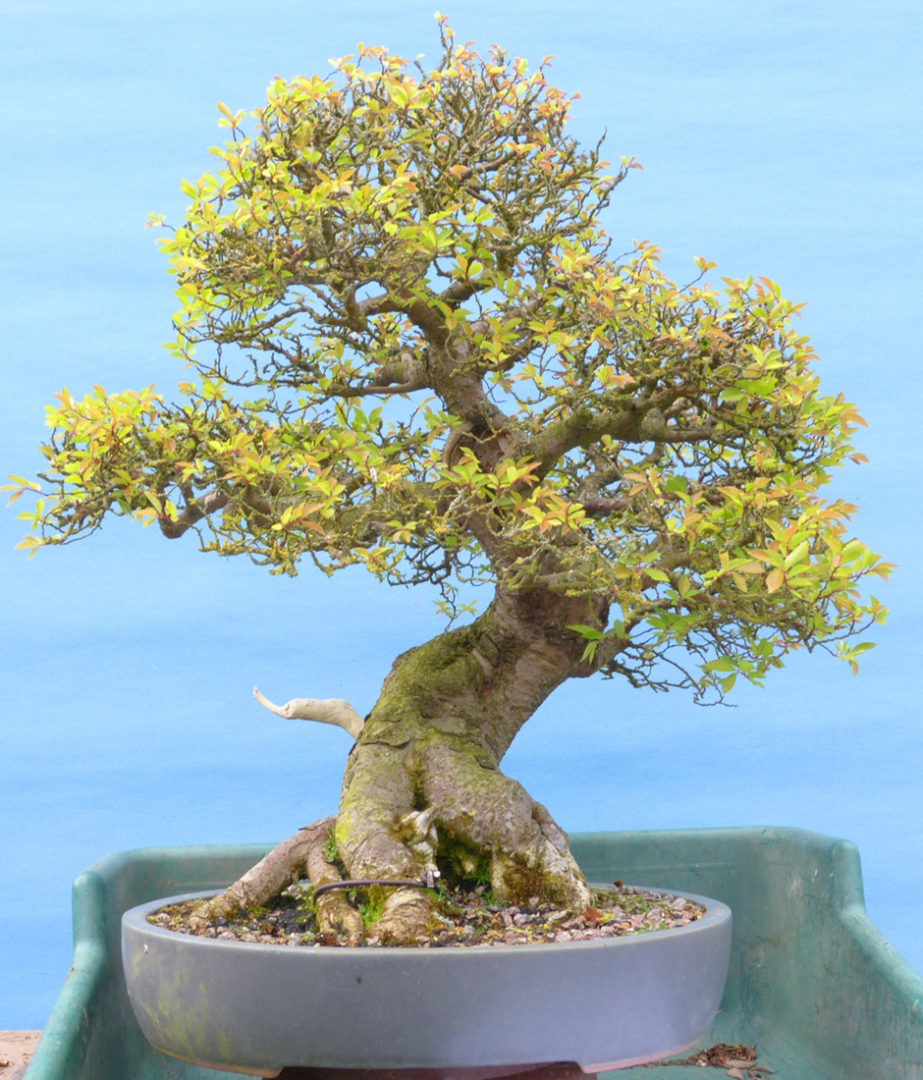
Bonsai Tree Care Blog from Kaizen Bonsai
Chinese Elm Bonsai Styles; Common information about the Chinese elm Bonsai tree; Chinese Elm Bonsai - Fantastic For Beginners (Inside of / Outside) Wherever To Maintain your Chinese Elm Bonsai; Pruning Chinese Elm Bonsai Trees; Chinese Elm Bonsai Tree Care: A straightforward Step-by-Action Information; Watering Your Chinese Elm Bonsai Plant

Chinese Elm (Ulmus Parvifolia) Outdoor Bonsai 810" Brussel's Bonsai
Chokkan (Formal Upright) This is a ubiquitous style in bonsai and closely resembles many trees in nature. For your tree to adhere to the style, the trunk should be clearly visible and thicker at the base and slim down towards the top. The branches should begin approximately ¼ of the way up the trunk, and a single branch should top the tree.

Chinese Elm Bonsai Tree in broom style Bonsai Pinterest Trees
Chinese Elm Bonsai trees should be pruned during periods of active growth. Timing and regularity of pruning depends on tree age, health status and desired design style. Newly acquired trees may need more frequent pruning as they mature while well-established trees only require minimal maintenance pruning.
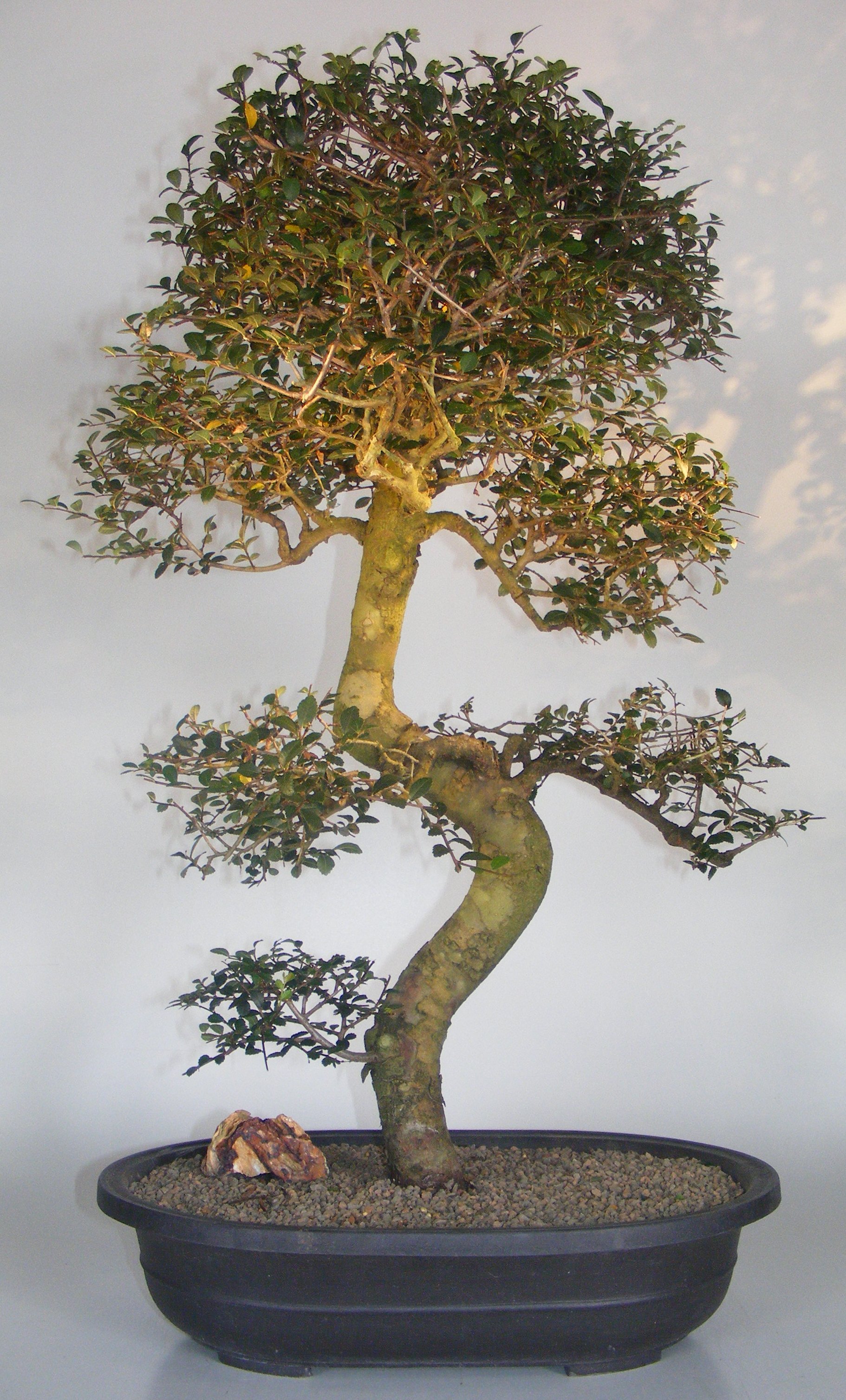
Chinese Elm Bonsai Tree Curved Trunk & Tiered Branching Style (ulmus
Chinese Elms for Bonsai Cultivation Many elm trees can be used for bonsai cultivation, but Chinese elm is the most popular for its best suitable features. Additionally, it's widely available in shops worldwide at an affordable cost. If you want to cultivate Chinese elm miniature trees, here are some ways you can propagate them:

How to Grow Your Own Chinese Elm Bonsai Grow A Bonsai Tree Chinese
Bonsai care and maintenance Download Chinese elm Guide The Chinese Elm is indigenous to China and south-east Asia. In its native environment it can be a mighty tree reaching heights of up to 80 feet (25 meter). It develops a fine branch ramification with small leaves, which makes it a very suitable Bonsai plant. CHINESE ELM BONSAI CARE

Chinese Elm Bonsai
The first step in designing this tree was to remove all the extra shoots starting near the bottom of the tree. We work from bottom to top, more or less all the time. The first few shoots get wired. If you've spent any time training trees from a bare trunk with shoots, you know how tender they are at this stage.

Chinese Elm Bonsai บอนไซ
Chinese Elm Bonsai Styles. This plant can be a Spruce, it is about 5 yrs previous, and we purchased it in the back garden Centre for twenty bucks.
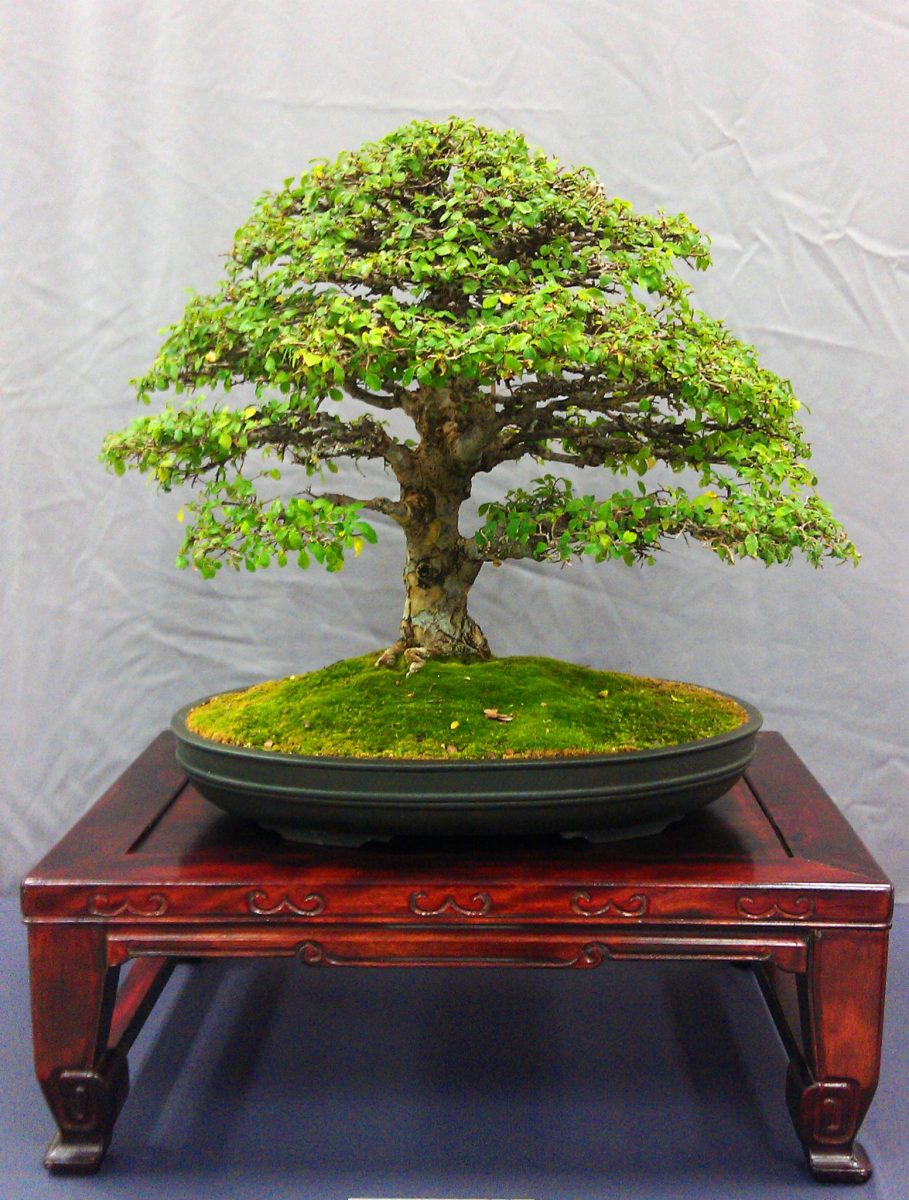
Bonsai Style Inspiration Ficus Macrophylla (Moreton Bay Fig) and
Chinese Elm is one of the most popular bonsai options due to its twisting trunk, small leaves, and ease of maintenance. Moreover, it branches out beautifully, making it an ideal for home décor. If you keep it in good condition, it'll grow fast, and hence, you can prune it about three times a year.

Pin on Bonsai pots
The Chinese Elm has beautiful, distinctive dark gray to reddish brown bark that turns fissure and corky when mature. It has a lovely branching shape with delicate, oval shaped toothed leaves that showcase a fresh green color and a delightfully tiny leaf.

Chinese Elm Bonsai
One of the most popular species used for bonsai is the Chinese Elm. Chinese Elm (Ulmus parvifolia) is a deciduous tree that can grow up to 60 feet tall in its natural habitat. However, when grown as a bonsai, it is usually kept at a height of 1-2 feet. Chinese Elm is known for its delicate, small leaves and its ability to grow quickly, making.
A Chinese Elm, bonsai training since 1980. r/Bonsai
How to style a Chinese Elm Bonsai. Pre Bonsai Stock first styling. Creating good Deciduous Branch Structure. Choosing correct sacrificial Branches. What.

Chinese elm Bonsai plants, Bonsai tree, Japanese maple bonsai
The Chinese Elm Bonsai can grow to a height of 8 to 10 inches with a width of 2 inches. Chinese elm bonsai care. The Chinese Elm Bonsai has a distinctive and beautiful reddish-brown to dark gray bark that turns corky and fissure once mature. This has a pretty branching shape with oval-shaped toothed and delicate leaves with fresh green color.

Chinese Elm (Ulmus Pparvifolia) Outdoor Bonsai Brussel's Bonsai
Free Shipping Available. Buy Chinese Elm For Bonsai on ebay. Money Back Guarantee!